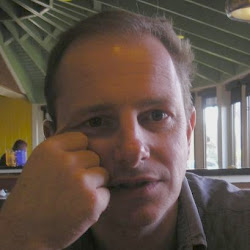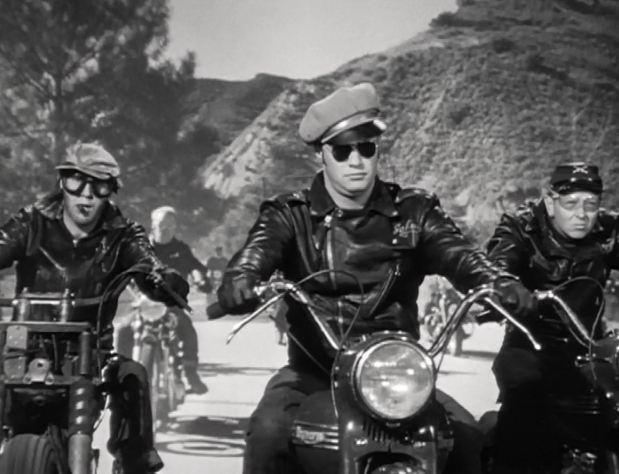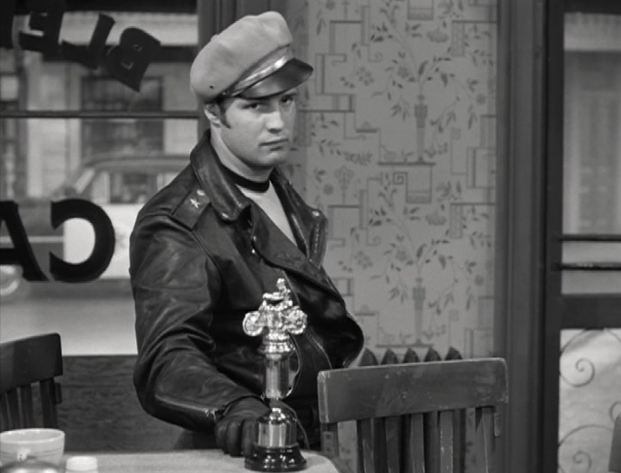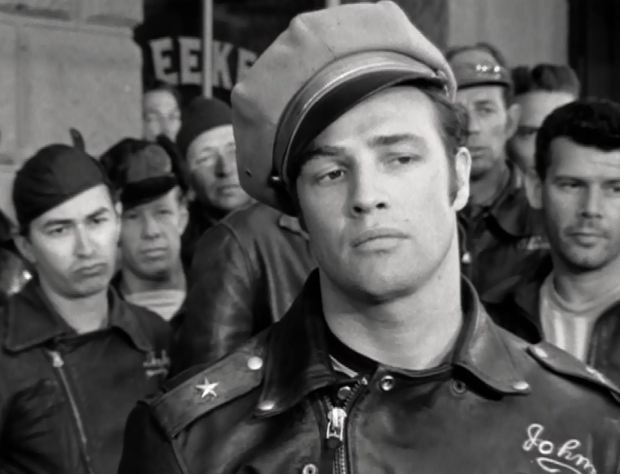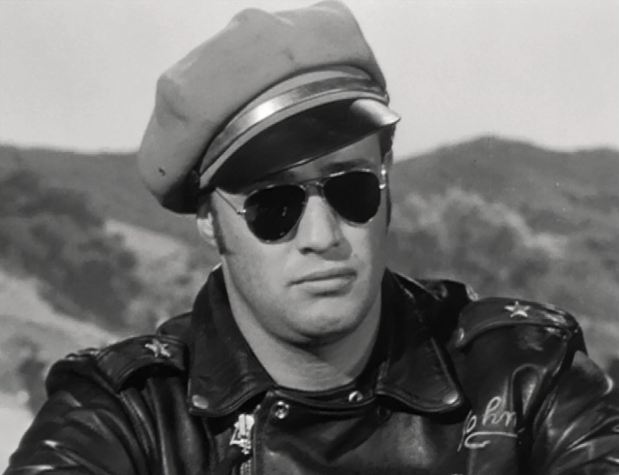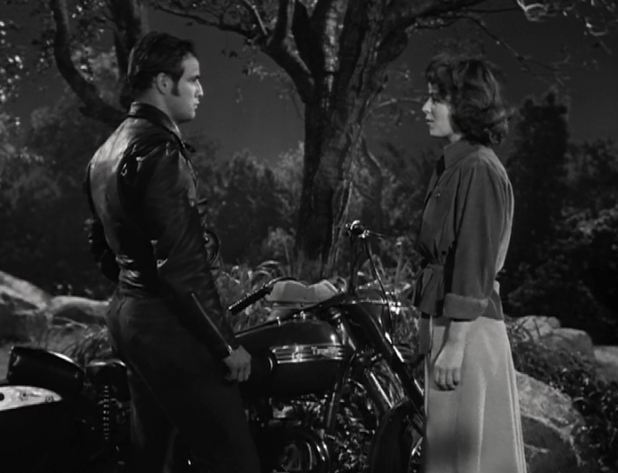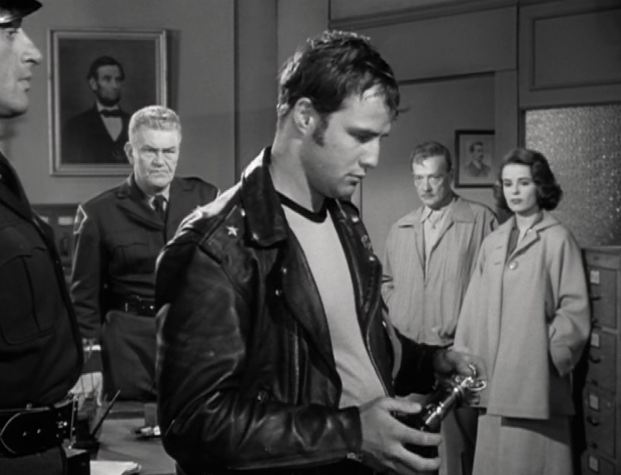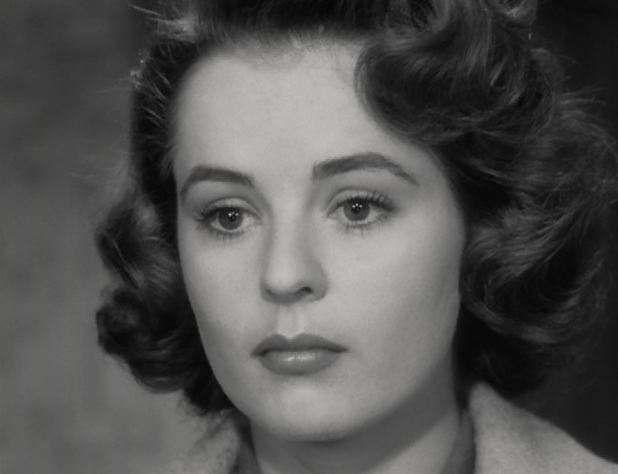There are movies that create an impact because they’re new, or different, or shocking because they may show something that’s not been seen before; and then there are those, like The Wild One, that aren’t that good but hit a nerve because of the subject matter.
In the case of The Wild One, people could hardly have been more upset when the idea of teenage rebellion came to be presented so fully, and for many in America in 1953, The Wild One was seen as a documentary of what they could expect in their own neighbourhboods.
In The wild One, one his breakthrough roles, Marlon Brando played Johnny Strabler, the leader of a motorcycle gang in a 70 minute picture inspired by a real event known as The Hollister Incident.
Hollister was one thing but the riot as it came to be known was small and came to national prominence through media coverage that was greatly exaggerated.
In fact, pretty much all of Hollister’s notoriety came about through a photograph that many said at the time were staged.
The photo in question shows a man sitting on a Harley-Davidson, holding a beer bottle in each hand and surrounded by many other empty, broken bottles. The man was later identified as Eddie Davenport, a member of the Tulare Riders motorcycle club, although the reliability of the photo has been debated as many sources say that it was staged.
This is not Hollister
For example, Gus Deserpa the man that can be seen in the background of the photograph, said, "I saw two guys scraping all these bottles together, that had been lying in the street. Then they positioned a motorcycle in the middle of the pile. After a while this drunk guy comes staggering out of the bar, and they got him to sit on the motorcycle, and started to take his picture."
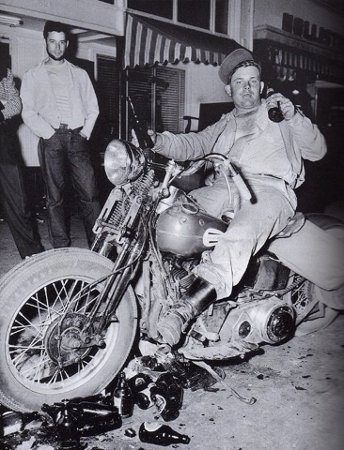
Perhaps the film wouldn’t have built on this furore if it hadn’t had the awesome presence of Marlon Brando, dominating every inch. You'd have to assume that it was charisma alone that brought Johnny Strabler to the elevated position he has in the outlaw biker gang, because it’s certainly not brains; and neither is it nastiness.
Johnny rather ambiguously steps back from most of the violence in the movie, shaking his head in shame when Lee Marvin’s character drunkenly shouts ‘storm the Bastille!’ and joins the others in the late night wrecking spree.
Lee Marvin is tough
Johnny also has a lousy lovemaking style, and whereas all of his gang colleague are interested in horsing about and destruction, he doesn’t seem to want anything — other than to express his anger, individuality, and his emphasis on the fact that nobody is going to tell him what to do.
The Wild One didn’t even need to be that good as a film, so simple was its message. Youth disillusionment as existential angst, perfect.
On one side it portrays society’s ever present and unchanging fear — unfettered youth culture — and this is a theme that never really goes away, although at the time and place, post-War North America it was something relatively new.
On the other hand, The Wild One seems to have inspired more badness than may have been desirable, with Marlon Brando’s sideburns being so popular that both James Dean and Elvis Presley were known to have consciously copied them.
Unlike other movies of youth unrest (The Blackboard Jungle, 1955, A Clockwork Orange, 1971, Over the Edge, 1979) there are no mitigating factors in the youthful anarchy; these boys are merely bad for bad sake.
Even in the godfather of all teen rebellion movies, Dead End (1937), urban planning and social ills are blamed for the slum in which the boys fight, steal and run amok.
Brando deserves all of the praise he's received over the years for this role as he carries everything from start to finish, and is charismatic, cool, and complex, becoming darker and even more silent as the film goes on.
Eventually he says it all through silence, as does the director László Benedek, who keeps things easy for his teenage viewers.
Repeatedly, the film’s other major icon, the stolen second place trophy sits on top of Brando’s bike (which incidentally was his own Harley Davidson) and acts as a constant reminder of a hoped for transcendence. Then see Johnny slamming his beer down on the counter, and the way the beer bubbles up and threatens to explode, just like himself. It’s plain and masterful cinema, and was phenomenally successful.
As a result, Brando and his cocked hat became very famous indeed, and together they started something big. I love how the hat stays on when he’s riding, and how concerned I was when Brando appears to leave it somewhere. As a viewer, you are annoyed to have lost one of the film’s greatest characters for a spell, and you long for him to go back and pick it up.
The world of The Wild One is simple, and morally straightforward. The bikers listen to jazz, not rock ‘n’ roll — it’s that old — and trouble is never far from the surface and is barely coded as such.
For this, definitely see Kathie's fondling of Johnny's motorcycle when they're in the park. László Benedek must have instructed Mary Murphy to have stroke that motorbike's shaft like that — and you may have to look away!
Mary Murphy looks on sympathy
As for how you feel about the dialogue, you'll either cringe or beam when you hear things like: 'Man you are too square! ... The idea is to have a ball. Now, if you're gonna stay cool, you gotta wail. You gotta put somethin' down. You gotta make some jive.'
To this day, I still don't knwo what any of that means, but it all helped the sordid marketing process which was never gong to fail - simply because popular culture is always a target for those looking for an answer to violence and crime.
Although the film tries to grasp an idea, it really is a failure. There is the strange prologue, in which you can hear Marlon Brando attempting to appease the conservatives in the crowd by stating the problem of youth delinquency as a public challenge.
There is the weird ending, which has the town cop, and the love interest and her father all pleading forgiveness off Brando's character .... and there is the strange lack of chemistry between Brando and the lead Mary Murphy, a romance which the script doesn't even give a chance to.
Still, despite the failure of the film, The Wild One launched Marlon Brando and his subversive hat, accent and attitude, as an iconic leader of the new youth age that was upon the world, with its teenagers, fresh set of heroes, new kind of msuic, and hep cat lingo.
